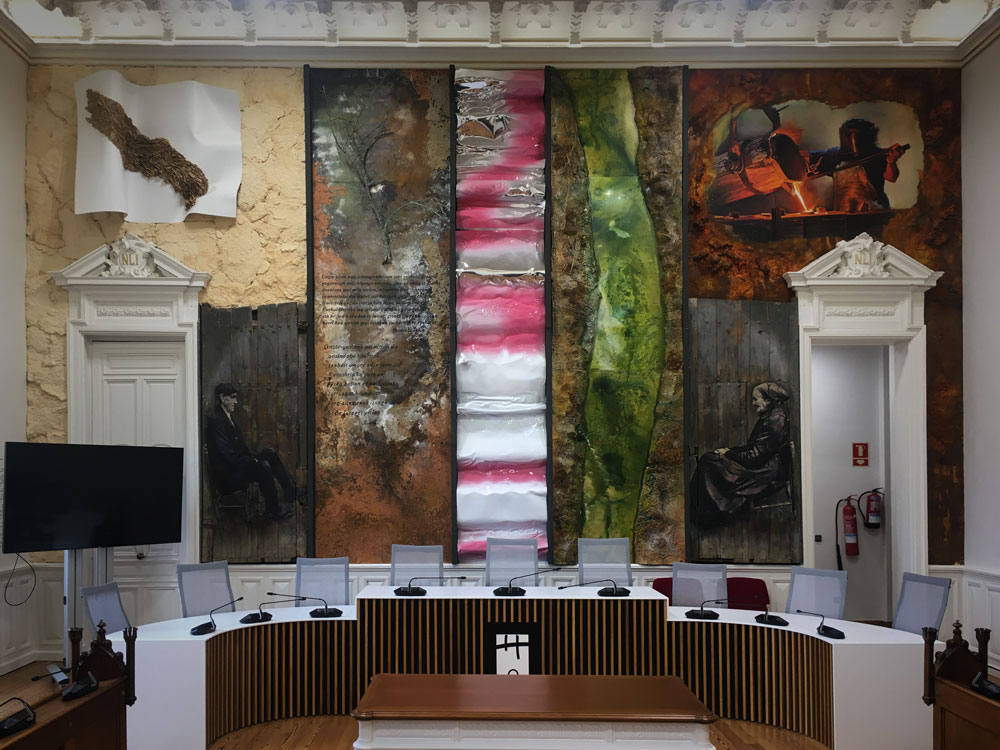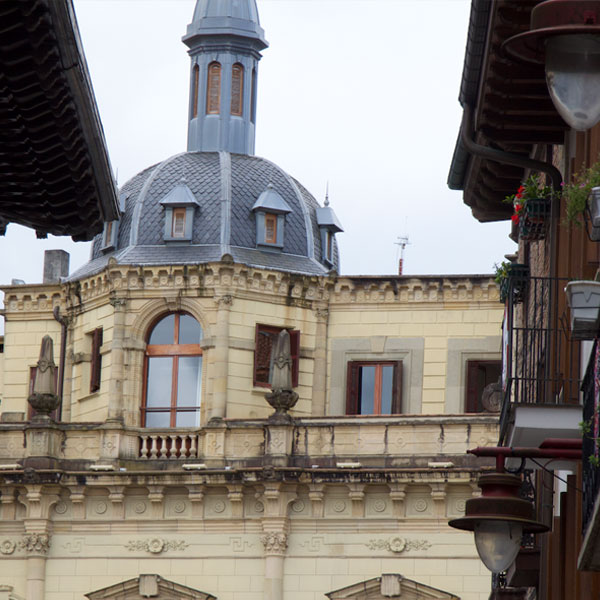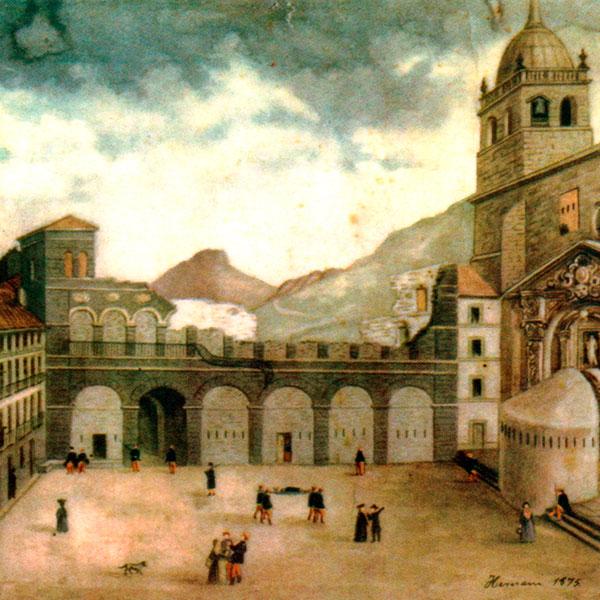How to get
6. Town Hall
Town Hall
Carlist Wars
The Carlist Wars, beyond the disputes over the succession to the Spanish crown, were a clash between two models of Government. On the one hand, the supporters of a traditional regime, based on foralist privileges On the one hand, the supporters of a traditional regime, based on foralist privileges, and, on the other, the supporters of liberalism and the integration of the Basque territory within the national framework, although there were also foralist liberals.
In 1833, Ferdinand VII died without male descendants. Before his death he abolished “the Salic Law”, to allow his three-year-old daughter to become Isabella II, Queen of Spain. His brother, Infante Carlos, was left out of the line of succession. Only three days after the death of Ferdinand VII, Carlos proclaimed himself king of Spain, which marked the beginning of the Carlist Wars.
These struggles marked the 19th century. It was in this context of the Second Carlist War (1872-1876) that a grenade, thrown by the Carlists, landed on the town hall. The shell hit a makeshift powder magazine, which blew up almost the entire building, leaving several dead and wounded.
After the war, the town was destroyed, even though the liberal forces resisted the siege, which lasted almost until the end of the war. In recognition of this, Alfonso XII awarded the town the title of “Invicta”, which we can read today on the main balcony of the town hall, together with “Noble and Loyal”.
It took 10 years to process the subsidies and compensations that made it possible to start the construction of the new town hall. Finally, in a town council meeting, it was unanimously decided to commission Hernani’s most important architect to carry out the work. Joaquín Fernández de Ayarragaray was known in Hernani as “el Sevillano”. Born in Hernani in 1821, he went to Madrid as a young man, where he pursued higher studies until he obtained a chair at the University of Fine Arts in Seville. By then he was already an acclaimed architect, the author of works such as the renovation of several architectural elements of Seville Cathedral, the construction of the Casa de las Sirenas, the Hotel Roma…
Thanks to the help of the master builder Ramón Cendoya, he was able to direct the works from Seville, doing a magnificent job, for which he did not accept any kind of remuneration; he did it out of devotion to his hometown.
The building stands on the 6 arches that remained standing, and one more that occupies the space of the ruined vicarage. The profusion of decorative and architectural elements is striking and have little to do with the architecture of the area, but are nevertheless similar to Andalusian buildings of the period, such as the Seville Town Hall.
Links of interest:
Hernani Town Hall :
http://ondarea.hernani.eus/hernani/liburuak/2017.pdf
http://ondarea.hernani.eus/hernani/urtekariak/pdf/0704.pdf
https://aunamendi.eusko-ikaskuntza.eus/eu/hernaniko-udaletxea/ar-154347/
Carlist Wars:
https://www.zumalakarregimuseoa.eus/
Joaquín Fernández de Ayarragaray:
https://es.wikipedia.org/wiki/Joaqu%C3%ADn_Fern%C3%A1ndez_Ayarragaray












